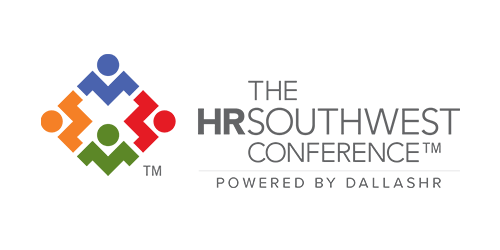
HR’s Role in Business Continuity
If the last 21 months have taught us anything, it’s = human connection matters over almost anything else.
Remote work has taken some of the tension out of our daily lives, but it’s also increased isolation and stress—making work feel, well, like all work and no play. This period has been a jolt to our mindset about work, and it’s led record numbers of US workers to quit their jobs in what’s being termed the Great Resignation. Beginning in April—and maybe still peaking—this record number of quits has pushed previous metrics off the charts.
The turmoil of the volatile labor market has continued to strain HR after a period of unprecedented stress. Put simply, employers are expecting more from their people, and it’s showing up across roles. Add to this the strategic shift we’ve seen in HR over the last decade and a half, as the function moves into a more business-focused role. The crunch is real: according to recent research from McLean and Company, 50% of HR professionals strongly agree that stress levels have increased this year over 2020. In fact, stress levels are 20% higher than their 2020 high point—and far past the point when acute stress becomes chronic, which is when stress can become burnout.
The disruption isn’t over, though. In short, HR professionals are facing some of their greatest challenges ever, as we all confront the reality of how important our people are to everything a business does. And while we’re all exhausted by the seemingly endless ups and downs of the last 21 months, perhaps it’s helpful to reframe the present as an inflection point for HR’s role in business continuity and strategy.
HR’s strategic role
According to McLean’s research, the upheaval of 2020 has thrust HR into its most strategic role yet, after years on a plateau of business strategy. This marks the pandemic period as a turning point in HR’s role at the decision table. When businesses involve HR as a strategic partner, they see results: increased resiliency, faster responsiveness, higher retention, lower turnover, and overall higher productivity. These are all things affecting the bottom line, so it makes sense from a business standpoint. But it also makes sense from an innovation perspective, as businesses that see HR as a critical partner are 1.7x more likely to be highly effective at shifting to seize new opportunities (source: McLean).
If the benefits are clear, what does HR need to do to realize the potential of its new role at the table?
Strengthening HR’s role in business continuity
The keys to maximizing HR’s role in business continuity planning include:
Scenario planning. A key part of business continuity planning, scenario planning is about creating plans for future scenarios. These could include internal or external shocks that may affect a business’s ability to fulfill its key commitments. Organizations in which HR has the resources, support, and empowerment to engage in scenario planning are more resilient, able to adjust to stressors and shifts more quickly and capitalize on new opportunities.
Communications. As we’ve seen over the last 21 months, communications have an outsized impact on our ability to handle stress and adjust to pivots in strategy and direction. With insight into people and a natural empathy, HR is uniquely positioned to craft communication strategy and ensure it motivates and reassures employees during difficult periods. Two-way communication that encourages and responds to employee feedback makes people feel heard and valued—and we all know the best retention strategy is anchored in helping employees feel their worth.
Hiring. It’s a difficult time to be looking for talent right now—millions of positions are going unfilled, and in some sectors of the workforce, there are serious skills shortages. HR has a unique perspective on the hiring crunch, and on identifying where retraining, upskilling, and otherwise investing in people can make a difference in business continuity.
Creating policies. The world still doesn’t look like it did in 2019—and it may be some time yet before a new normal really…normalizes. But this doesn’t mean HR shouldn’t set guidelines, even if they need to evolve. HR can be a leader in establishing clear and consistent policies on remote working, paid leave, vaccine mandates, sick pay, and more. This is a key part of making sure all employees are treated fairly and expectations are clearly communicated to the full workforce.
Taking the pulse. Whether through surveys, 1:1s or other mechanisms, keeping a finger on the employee pulse has perhaps never been more important. It’s essential to knowing when engagement slips, or if morale is flagging. HR can communicate important insights to decision-makers so a business can act in response to its people’s needs.
Here in the final weeks of 2021, what are you seeing? How are you preparing to step into a more strategic role in 2022?
DallasHR is the third largest SHRM affiliate chapter in the nation. With more than 2,000 engaged HR professionals, the Chapter has been Advancing the Value of HR since 1939 through cutting-edge education, fun networking events and opportunities to share best practices with others in the field of HR. The Chapter powers The HRSouthwest Conference, one of the largest regional HR events in the U.S. Visit us at dallashr.org to join or hrsouthwest.com to register and follow us at #DALLASHR, #HRSWC.





